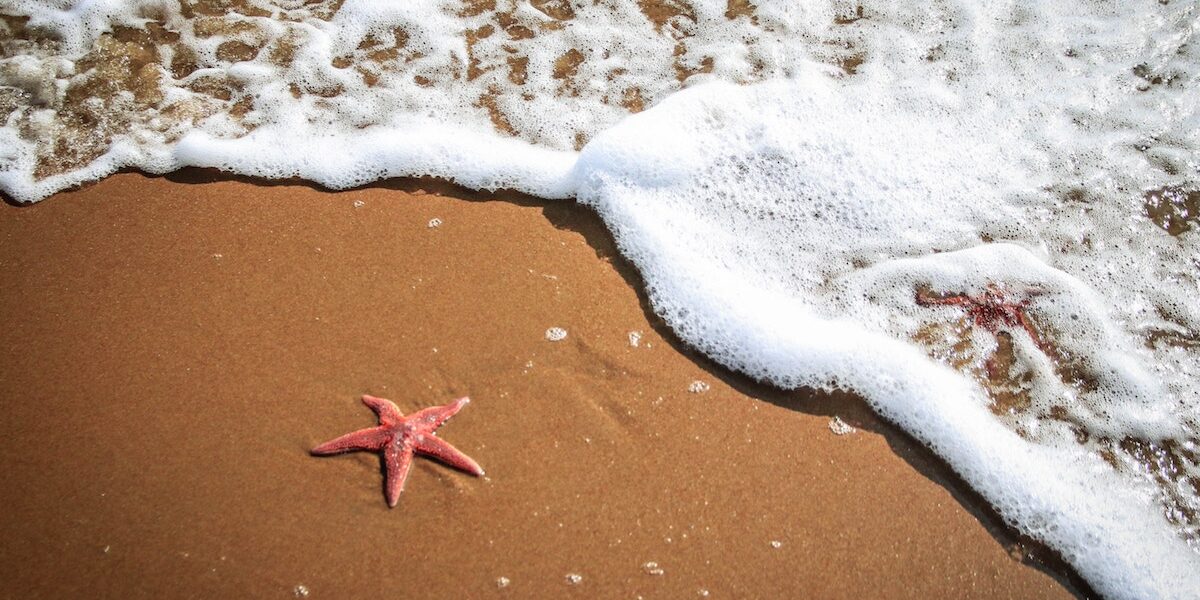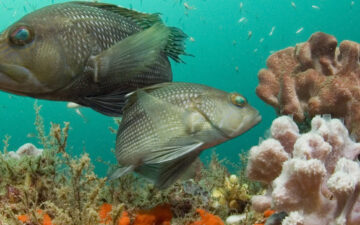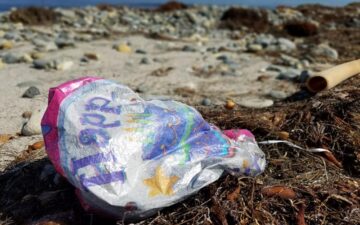By Alex Kirby, Communications Intern, The Ocean Foundation
A mysterious disease is sweeping across the West Coast, leaving a trail of dead starfish behind.
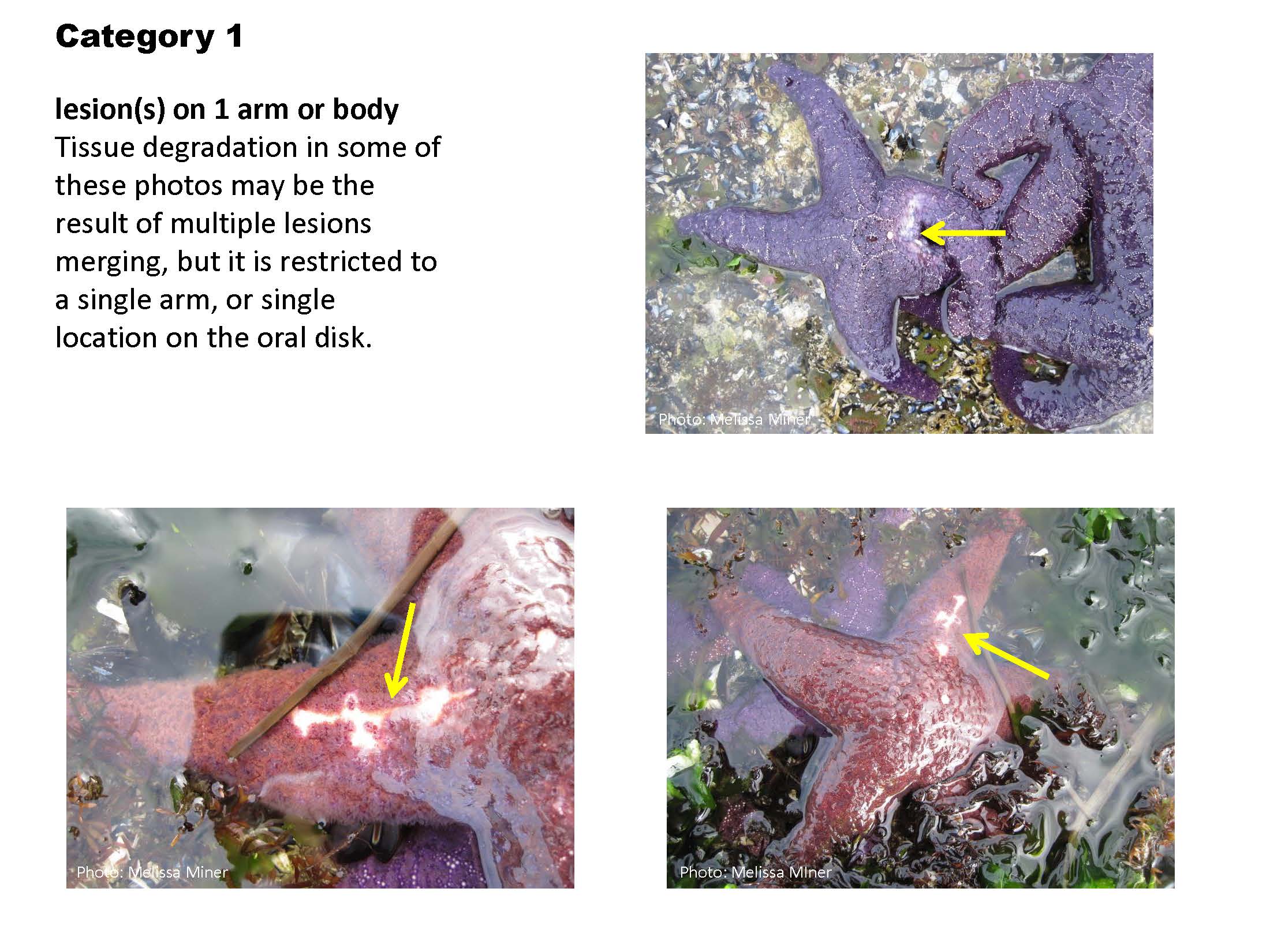
Since June 2013, mounds of deceased sea stars with detached limbs can be seen along the West Coast, from Alaska to Southern California. These sea stars, also known as starfish, are dying by the millions and no one knows why.
Sea star wasting disease, arguably the most widespread disease ever recorded in a marine organism, can wipe out entire sea star populations in as little as two days. Sea stars first show symptoms of being affected by sea star wasting disease by acting lethargic – their arms begin to curl and they act tired. Then lesions start to appear in the armpits and/or between the arms. The starfish’s arms then fall completely off, which is a common stress response of echinoderms. However, after many of the arms have fallen off, the individual’s tissues will start to decompose and the starfish will then die.
Park managers at Olympic National Park in Washington State were the first people to find evidence of the disease in 2013. After the first sightings by these managers and staff scientists, recreational divers started noticing symptoms of the sea star wasting disease. When symptoms started occurring frequently in sea stars located in the Pacific Northwest, it was time to uncover the mystery of this disease.
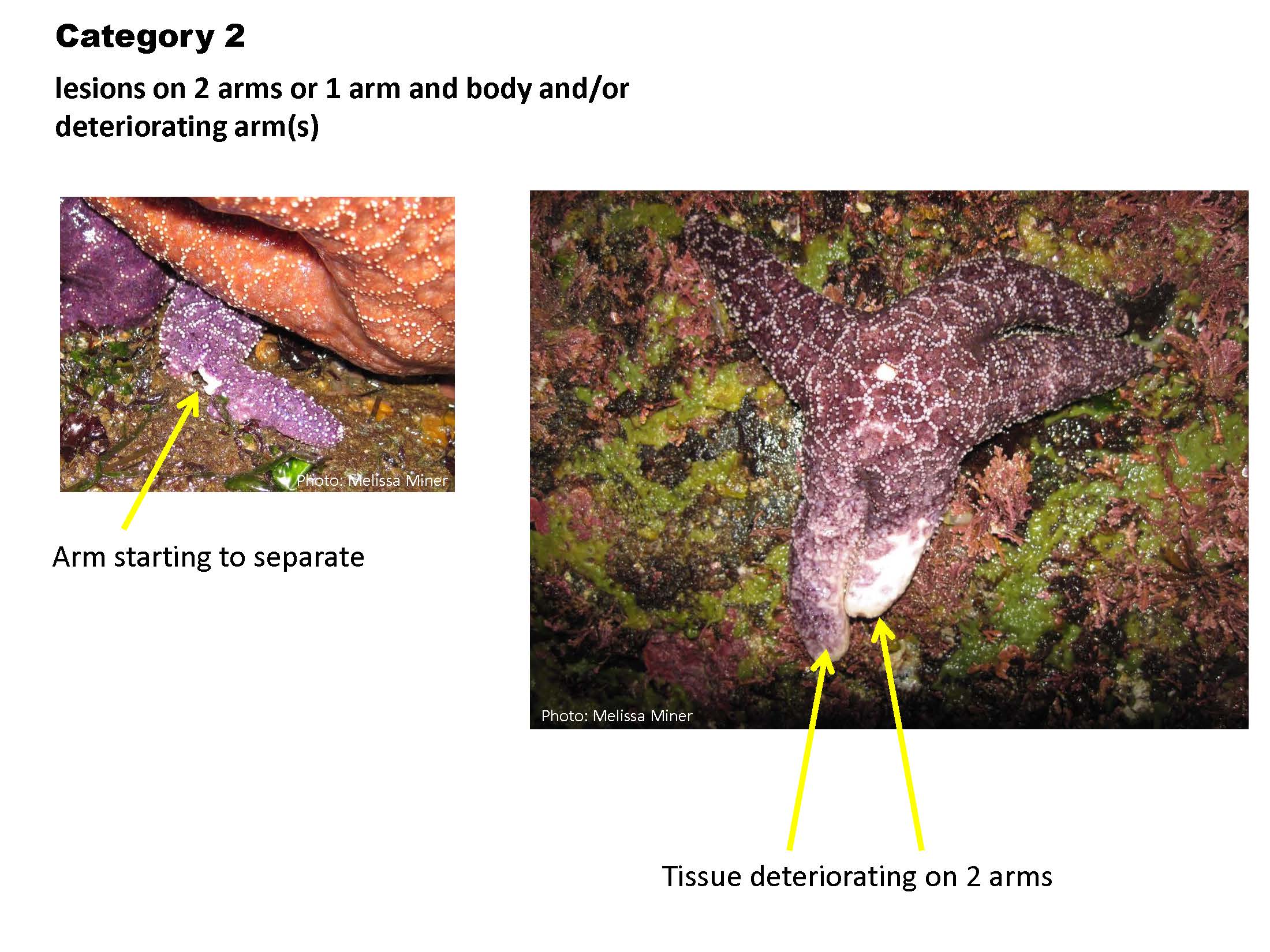
Ian Hewson, an assistant microbiology professor at Cornell University, is one of the few experts equipped to undertake the task of identifying this unknown disease. I was lucky enough to be able to talk to Hewson, who is currently researching the sea star wasting disease. Hewson’s unique knowledge of microbial diversity and pathogens makes him the very person to pinpoint this mysterious disease that is affecting 20 species of starfish.
After receiving a one-year grant from the National Science Foundation in 2013, Hewson has been working with fifteen institutions, like academic institutions on the West coast, the Vancouver Aquarium, and the Monterey Bay Aquarium, to start researching this disease. The aquariums provided Hewson with his first clue: the disease affected many of the starfish in the aquariums’ collection.
“Obviously something is coming in from outside,” said Hewson.
Institutions on the West Coast are responsible for obtaining sea stars samples in intertidal areas. The samples are then sent across the United States to Hewson’s lab, located on Cornell’s campus. Hewson’s job is to then take those samples and analyze the DNA of the sea stars, bacteria, and viruses in them.
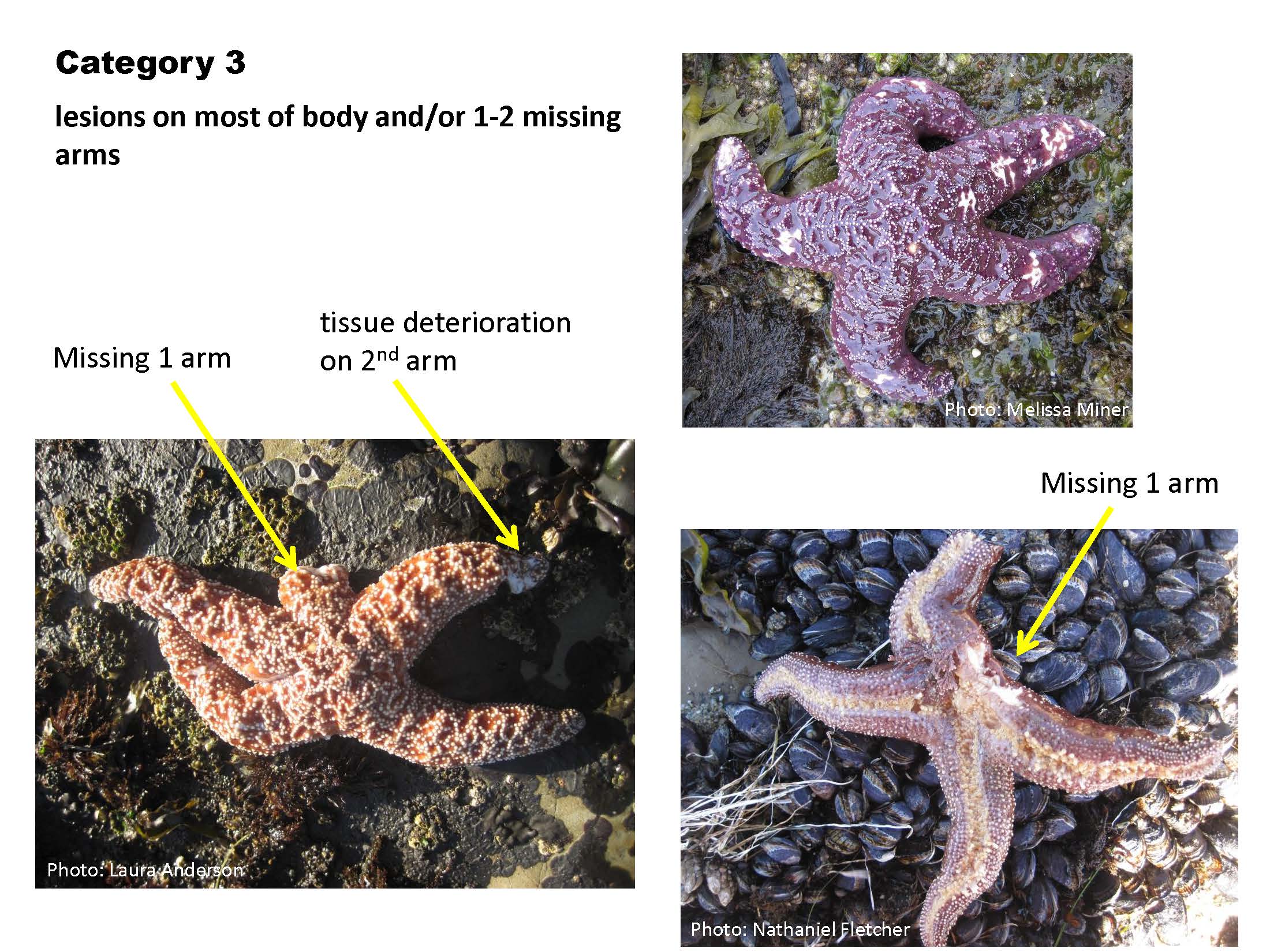
So far, Hewson found evidence of microorganism associations in diseased sea star tissues. After finding microorganisms in the tissues, it was difficult for Hewson to differentiate what microorganisms are actually responsible for the disease.
Hewson says, “the complicated thing is, we are not sure what is causing the disease and what is just eating sea stars after they decay.”
Although sea stars are dying at an unprecedented rate, Hewson emphasized that this disease impacts many other organisms as well, such as sea stars’ main source of their diet, shellfish. With substantial members of the sea star population dying from the sea star wasting disease, there will be lower mussel predation, causing their population to increase. Shellfish may take over the ecosystem, and lead to a dramatic decline in biodiversity.
Even though Hewson’s study has not yet been published, he did tell me one important thing: “What we found is pretty cool and microorganisms are involved.”
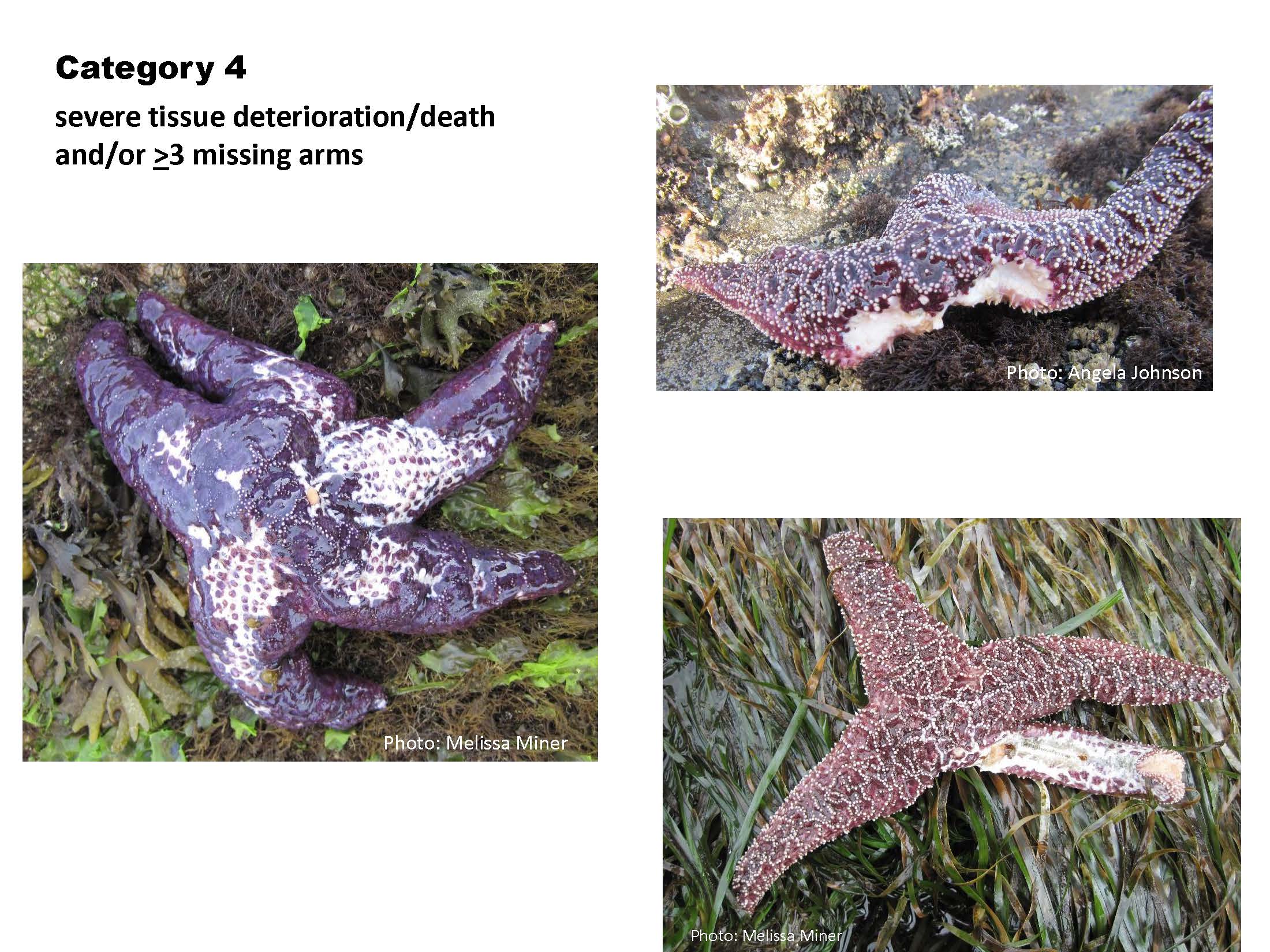
Make sure to check back in with the Ocean Foundation’s blog in the near future for a follow up story after Ian Hewson’s study is published!
